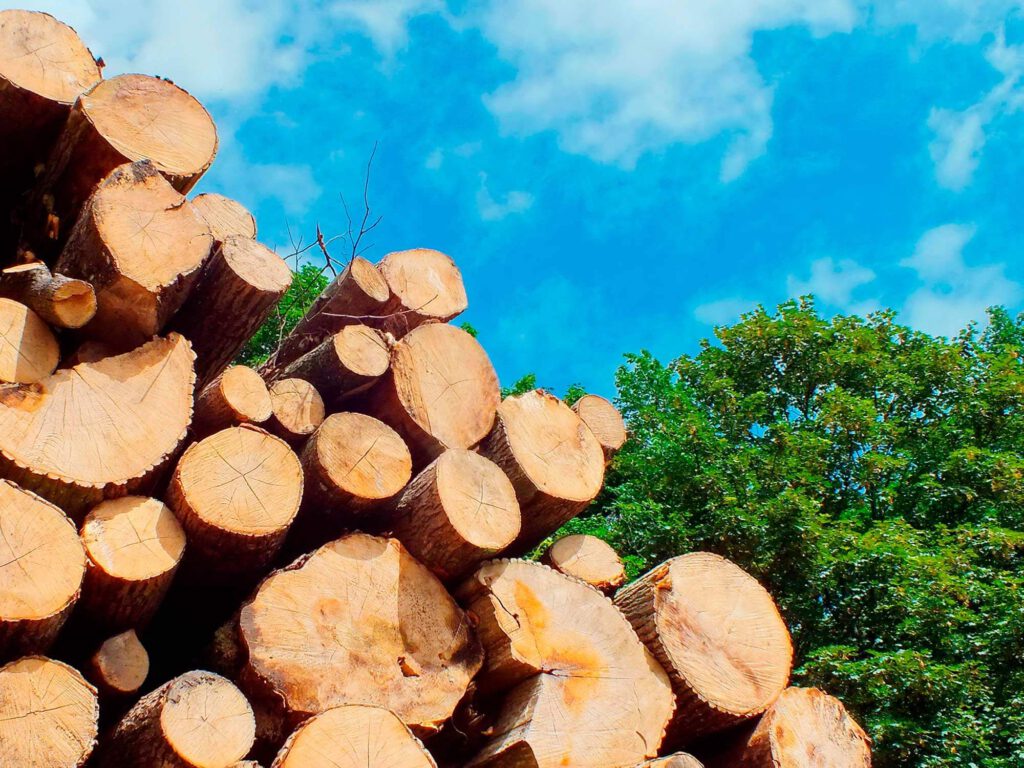Reducing the carbon footprint and having a greener and more sustainable industry are big challenges.
There are biorefineries all around the world, however, most of these bio-refineries work with 1st generation feedstocks such as sugar, starch, oil and fat. However, with respect to the regulations and strategies, the number of biorefineries work with the 2nd generation feedstock by having lignocellulose as a feedstock will increase.
Design plays a signifcant role
In transformation from fossil fuel material to the bio-based material, designing an economic and sustainable process to produce bio-based material is the key. Although there is a lot of innovative research going on bio-based products, scaling up those concepts is not an easy job to do. There are a lot of technical difficulties and issues that can happen, such as no efficient separation, low product yield or purity, high energy consumption, etc. As a matter of fact, there is a big gap between proving the concept and a large-scale design. Conceptual design is the tool to fill this gap and investigate the feasibility of the process and then optimize it.
Economic and environmental aspects are taken into account in the analyzes
During the feasibility studies, alternatives and competitive technologies will be suggested, also fine-tuning the process parameters can help to achieve the desired product characteristics. After the development phase, optimization will be the next step. Energy integration is one of the tools to optimize processes. As energy consumption and available resources are always an issue, it can have a huge impact on both economic and environmental point of view.
Another important aspect of a process is economic feasibility. The economic viability will be evaluated by calculating the capital expenditure (CAPEX) and operating expenditure (OPEX) to estimate the production cost. The feasible process must produce products with competitive cost compared to the market price. Sensitivity analysis is also another tool to assess the impact of different criteria like raw materials and utilities’ cost, investment cost, etc, in the final production cost. It can give the perspective to find the hot spots in the process and it can help with respect to predict the future of the process.
Of course, sustainability of a process is as important as technical and economic feasibility. Life cycle assessment (LCA) is a tool to assess the environmental impact of the process to produce the desired product by considering all the raw materials and utilities which are used within the process.
“Sadaf Savadkouhi is a process engineer.
She works at Process Design Center
(PDC) located in the Netherlands.”
